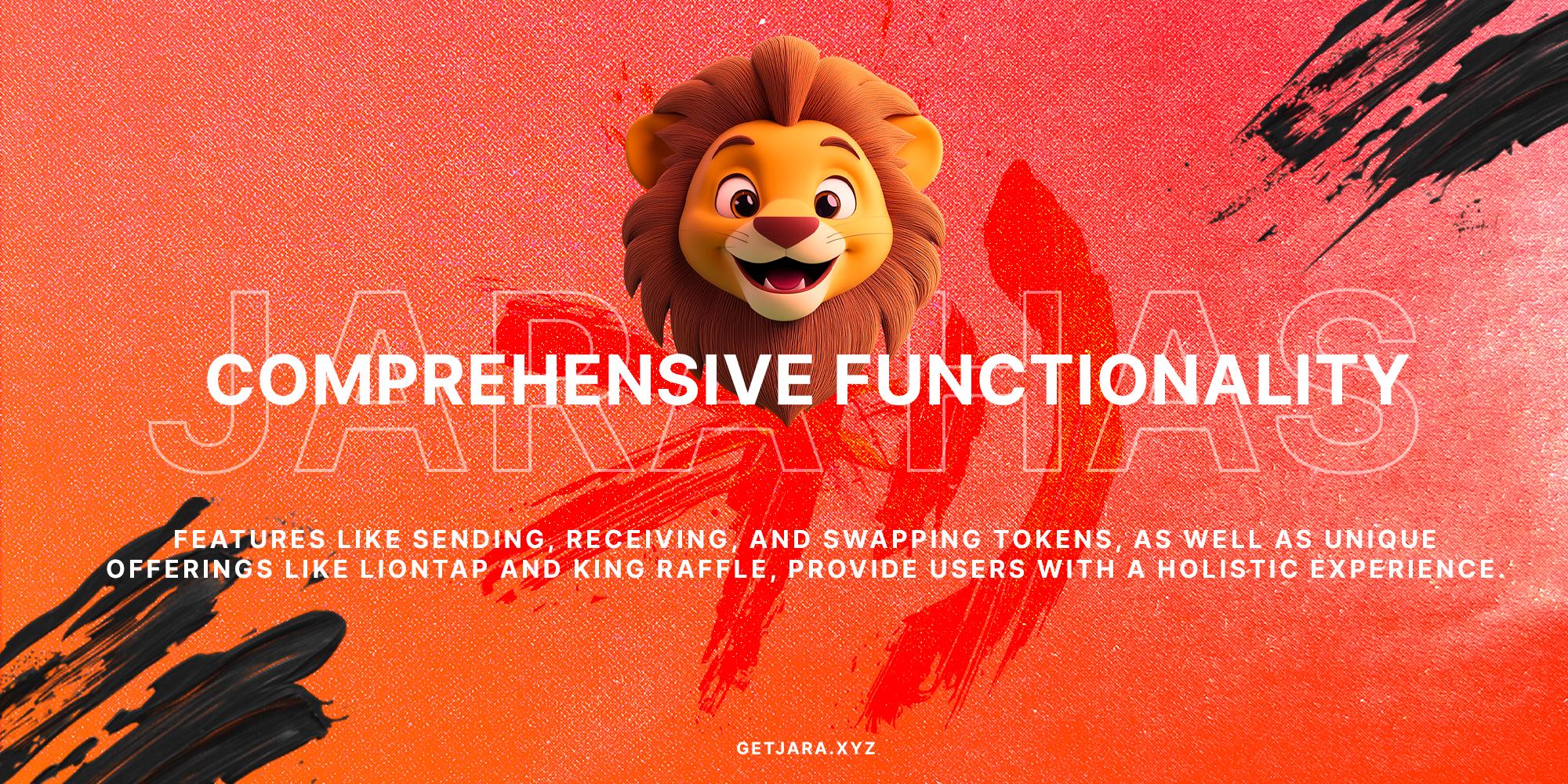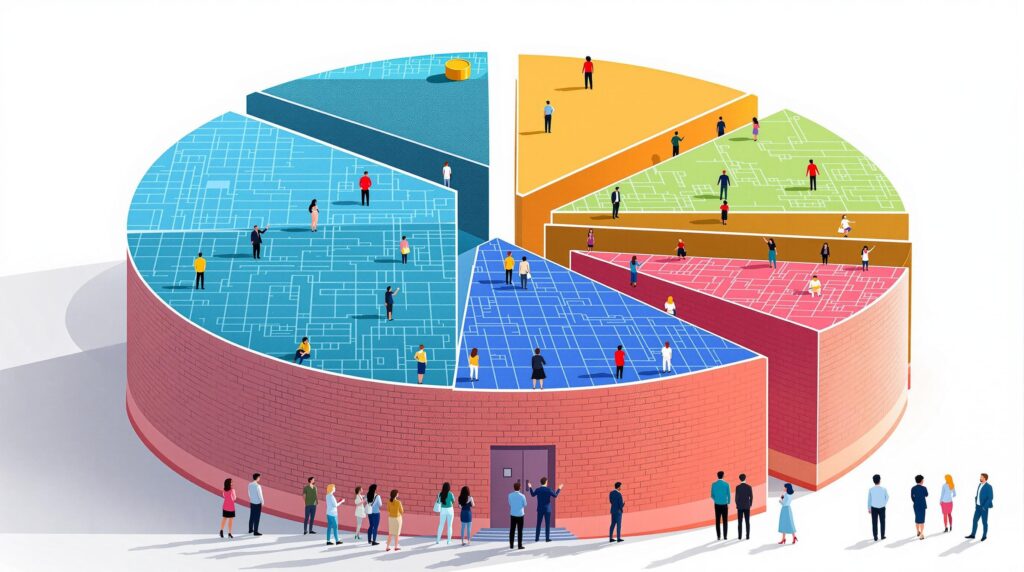Understanding Commodity Tokenization
In today’s digital age, the concept of commodity tokenization is becoming increasingly relevant, especially across Africa’s diverse markets. But what exactly is it, and why is it so important in transforming our approach to commodities like gold, oil, and agricultural goods?
What is commodities tokenization? Commodity tokenization is the conversion of ownership rights of physical commodities into digital tokens stored on a blockchain, making them tradable, divisible, and accessible globally.
With this process, commodities are broken down into fractional digital units, much like slicing a cake into shareable pieces—a technique that not only democratizes investing but also enhances market liquidity and security. Imagine owning a fraction of a cocoa farm in West Africa without the hassle of direct management.
The Mechanics of Tokenization
The process involves several key steps:
- Selection and Appraisal: Choose a physical commodity, such as gold or oil, and evaluate its worth to ensure transparency and accurate representation in the digital space.
- Blockchain Integration: Utilize a blockchain platform that supports the tokenization process with smart contracts ensuring security and efficiency.
- Digital Token Creation: Digitize the asset into tradable units that are represented as blocks on the blockchain.
- Marketplace Listing: Make these tokens available on a trading platform so investors from around the world can participate.
The final product is an accessible, secure, and flexible asset—a pivotal step towards financial inclusion, particularly in emerging markets.
Benefits of Commodity Tokenization
Why is there such a buzz around tokenizing commodities? Here’s what’s making headlines:
- Enhanced Liquidity: By digitizing commodities, investors can enjoy increased market activity, as tokens can be traded 24/7 similar to stocks, enhancing liquidity.
- Security and Transparency: Blockchain technology provides a secure medium through which transactions are recorded, minimizing fraud risks and ensuring transparency.
- Fractional Ownership: Tokenization allows investors to own fractions of high-value commodities that would otherwise be inaccessible due to high costs.
- Global Trade: Digital tokens break down geographical barriers, allowing seamless trade across borders through blockchain.
These benefits are highly appealing, particularly to markets in Africa, where there’s an ongoing digital transformation driven by companies like Jara, which is building infrastructures to support tokenized commodities.
“Tokenization simplifies investment by lowering barriers and enhancing market accessibility.”
Challenges in Commodity Tokenization
While the concept is promising, it isn’t without hurdles. Tokenization faces several regulatory and technological challenges:
- Regulatory Frameworks: As digital finance evolves, so must the laws governing these assets. Africa’s regulatory environment is still catching up, necessitating clear and supportive frameworks.
- Technological Infrastructure: Establishing a robust technological base is paramount to handle secure transactions and prevent fraud.
Addressing these challenges is crucial for ensuring the sustainable and scalable adoption of commodity tokenization. Engaging with regulators and stakeholders is vital for fostering innovation.
The Future of Tokenized Commodities
Looking ahead, the potential of tokenized commodities is promising. As technology advances and regulatory frameworks evolve, we can expect:
- Inclusive Investments: Commodities tokenization is set to enhance investment inclusivity, making it easier for people from all backgrounds to invest in African markets without cumbersome barriers.
- Market Efficiency: The automatic execution of smart contracts will streamline trading activities, reducing reliance on intermediaries and further lowering costs.
- Economic Transformation: By bridging traditional finance with digital innovation, tokenization can significantly impact the economic landscape, supporting a dynamic global market.
Jara’s role in this revolution cannot be underestimated. By focusing on tokenizing real-world assets and fostering a robust ecosystem, they aim to fuel Africa’s digital asset economy.
Jara- Unlocking the Future to Africa’s Crypto Ecosystem.
The future is indeed bright for tokenized commodities, offering a pathway towards a more efficient, accessible, and global investment landscape.
Understanding Personal Injury Law
“Personal injury law serves as a beacon of hope for those seeking justice and compensation after enduring harm due to another’s negligence.”
What Constitutes a Personal Injury?
- Definition: Personal injury occurs when someone’s negligence or intentional act causes harm to another.
- Examples: Car accidents, slip and falls, medical malpractice, and workplace injuries.
Legal Process for Personal Injury Claims
- Consultation: Meet with a personal injury lawyer to discuss your case.
- Investigation: Gather evidence like medical records and accident reports.
- Filing a Claim: Officially present your case by filing a claim with the appropriate court.
- Negotiation: Engage in settlement discussions with the defendant or their insurance company.
- Trial (if necessary): If no settlement is reached, the case may proceed to court.
Key Components of Personal Injury Lawsuits
| Component | Description |
|---|---|
| Duty of Care | The obligation to avoid acts or omissions that could foreseeably cause harm. |
| Negligence | The failure to exercise reasonable care, resulting in harm to another person. |
| Damages | Compensation sought by the victim for losses incurred, such as medical bills and lost wages. |
Establishing Negligence
- Duty: Proving the defendant owed a duty of care to the plaintiff.
- Breach: Demonstrating that the defendant breached this duty.
- Causation: Showing that the breach directly caused the injury.
- Damages: Verifying the plaintiff suffered injuries warranting compensation.
Understanding Damages
“Damages in personal injury cases encompass economic and non-economic losses victims endure due to the accident.”
- Economic Damages: Covers financial losses such as medical expenses, lost income, and property damage.
- Non-Economic Damages: Includes compensation for pain, suffering, and emotional distress.
Choosing the Right Personal Injury Lawyer
Factors to Consider
- Experience: Look for a lawyer with a proven track record in personal injury cases.
- Reputation: Research client testimonials and peer reviews.
- Resources: Ensure the lawyer has the resources to handle your case effectively.
- Communication: Opt for a lawyer who communicates clearly and promptly.
- Fees: Most personal injury lawyers work on a contingency fee basis, meaning they only get paid if you win.
The Legal Team’s Role
- Advocacy: Your lawyer will advocate for you, ensuring your rights are protected throughout the legal process.
- Negotiation: Skilled negotiators can maximize your settlement, reducing the need for a lengthy trial.
- Support: The legal team provides emotional and practical support, guiding you through each step.
“Our dedicated team of attorneys is your steadfast partner in pursuing the justice and compensation you deserve.”
Frequently Asked Questions about Personal Injury Cases
What Should I Do Immediately After an Accident?
- Seek Medical Attention: Prioritize your health by visiting a doctor, regardless of the perceived severity of your injuries.
- Document the Scene: Take photos of the accident location, your injuries, and any property damage.
- Gather Information: Collect contact details from witnesses and involved parties.
How Long Do I Have to File a Claim?
- Statute of Limitations: Typically, the timeframe varies by state, but you generally have a limited time to file your lawsuit. Prompt action is advisable.
Can I Afford a Personal Injury Lawyer?
- Contingency Fees: Often, personal injury lawyers charge no upfront fees; instead, they work on a contingency basis, meaning they only get paid if you win your case.
Conclusion
Understanding personal injury law and the process of filing a claim is pivotal for securing the compensation you deserve. Consulting with an experienced lawyer can be your first step toward justice. Stay informed, protect your rights, and let us help you navigate the complexities of your case. Should you have any queries or require legal assistance, don’t hesitate to reach out for expert guidance.
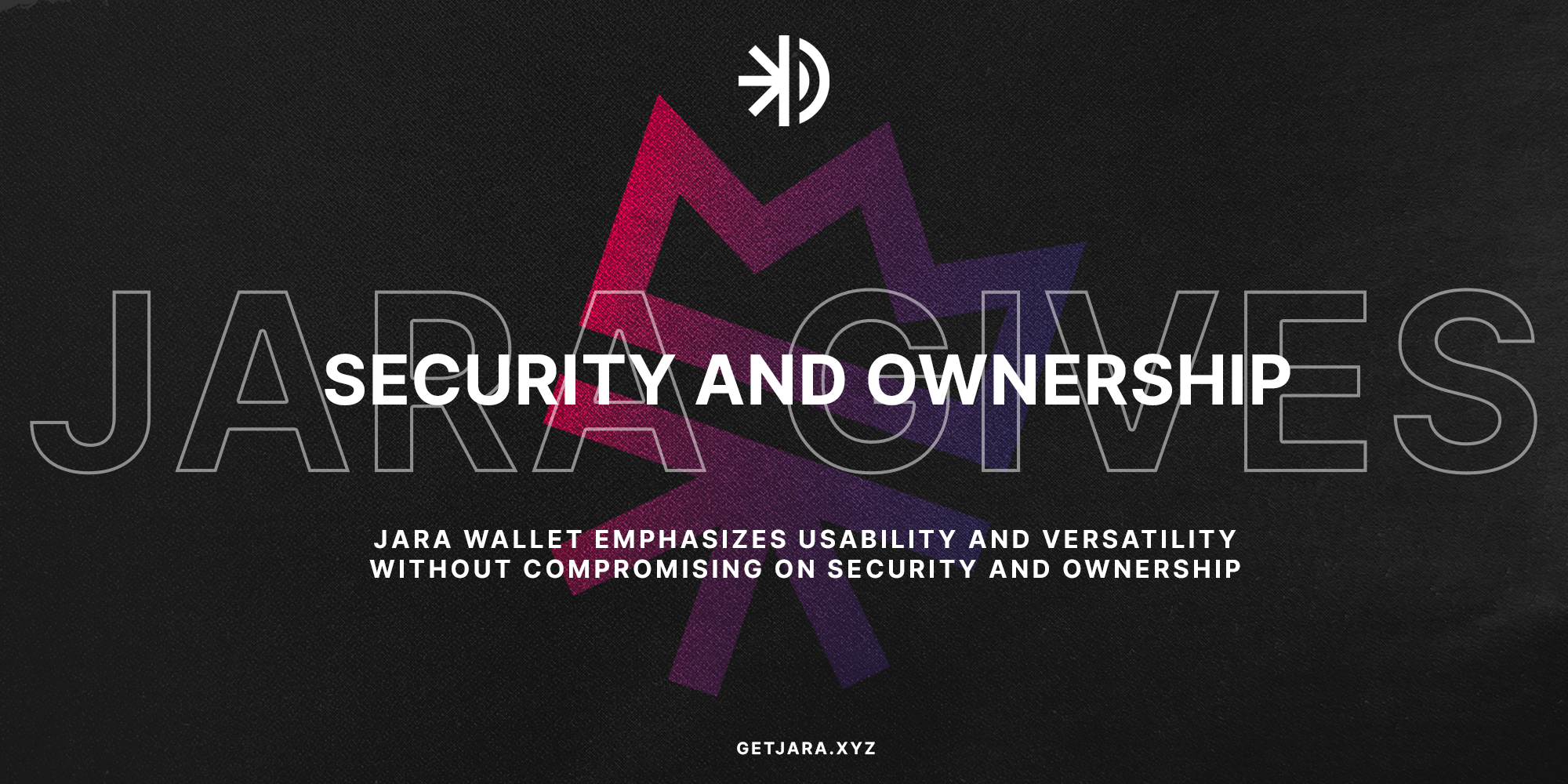
Understanding Commodities Tokenization
Have you ever marveled at how traditional commodities like gold or oil are transitioning into the digital finance world? Through the fascinating process of commodities tokenization, physical assets are reimagined as digital investments. But what exactly does this mean?
At its core, commodities tokenization involves converting ownership rights of physical commodities into digital tokens stored on a blockchain. This transformation makes them tradable, divisible, and accessible to a wider audience. Imagine owning a piece of a gold bar without having to physically store it. That’s the magic of tokenization.
Why Choose Tokenization?
Tokenizing commodities offers several compelling benefits, which are reshaping investment strategies across various sectors:
- Key Concept: Fractional ownership allows more investors to partake in commodities previously accessible only to larger players.
- Key Concept: Improved liquidity enables easier trading of portions of commodities on secondary markets.
- Key Concept: Security is enhanced through the use of an immutable blockchain ledger.
- Key Concept: Transparency increases trust, with every transaction openly recorded and verifiable.
“Tokenization simplifies investment by lowering barriers and enhancing market accessibility.”
Challenges and Considerations in Commodities Tokenization
Despite its potential, commodities tokenization is not without challenges:
- Key Concept: Regulatory uncertainties remain a major hurdle, with varying laws across regions.
- Key Concept: Technological infrastructure must be robust to ensure security and reliability.
These challenges emphasize the need for collaboration between regulators, tech providers, and market participants to ensure a seamless transition to digital investment in commodities.
“The success of tokenized commodities hinges on overcoming regulatory and technical challenges.”
How Does Tokenization Work?
The process of tokenizing commodities involves several steps:
- Step One: Selection of a commodity such as gold, oil, or agricultural product.
- Step Two: Verification and appraisal of the selected asset for quality assurance.
- Step Three: Digital conversion of the asset into tradable tokens on a blockchain.
- Step Four: Trading of these tokens on blockchain platforms, allowing for easy market accessibility.
“Democratizing investment through fractional ownership—tokenization makes gold coins and olive fields accessible to the everyday individual!”
Real-World Applications of Commodities Tokenization
| Commodity | Tokenization Benefits |
|---|---|
| Gold | Accessible through fractional ownership; secure and transparent transactions. |
| Oil | Enhanced market accessibility and liquidity. |
| Agricultural Products | Improved supply chain transparency and traceability. |
Imagine buying a token that gives you a stake in a Nigerian cocoa farm or an African oil reserve. This isn’t just about investment—it’s about aligning with the future of inclusive growth.
The Future of Commodities Tokenization
As technology evolves and regulatory frameworks mature, tokenized commodities are poised to expand. This innovative approach promises a more inclusive, transparent, and efficient global economy.
“Embrace the future of tokenized assets – where technology democratizes investment and transforms economic landscapes!”
Projects like Jara’s $6 billion Lagos airport tokenization initiative illustrate the ambitious ventures anticipated in this space, paving a level playing field for investors worldwide.
Regulatory Challenges and the Path Forward
Navigating the regulatory landscape is crucial for commodities tokenization. Ensuring compliance with securities laws and creating a unified regulatory framework addressing blockchain-specific concerns are essential.
Regulatory bodies and financial institutions need to collaborate to promote innovation while maintaining market integrity. Staying informed of regulatory developments is key to safeguarding tokenized investments.
Conclusion
The intersection of blockchain technology and traditional commodity markets is reshaping how we invest in and interact with physical assets. Commodities tokenization presents opportunities for broader market accessibility, enhanced liquidity, and increased efficiency.
“Commodities tokenization is not just a trend; it’s a new era of investment, promising a bridge between traditional assets and the digital future.”
Understanding Personal Injury Law
Personal injury law, often called tort law, allows individuals who have suffered harm due to someone else’s negligence to seek legal compensation. Whether you’ve been in a vehicle accident or suffered a slip and fall, understanding the intricacies of personal injury law is crucial for protecting your rights and ensuring you receive fair compensation.
“Our dedicated team of attorneys is your steadfast partner in pursuing the justice and compensation you deserve.”
What Constitutes a Personal Injury?
Personal injury encompasses various circumstances where an individual suffers harm. This includes:
- Accidents: Such as car crashes, slips and falls, and workplace injuries.
- Intentional Acts: Actions like assault or battery that cause injury.
- Product Liability: Injuries due to defects in products.
Legal Process for Personal Injury Claims
The legal process in personal injury cases can be complex. Here’s a simplified breakdown:
- Initial Consultation: Meeting with a lawyer to discuss your case.
- Investigation: Gathering evidence such as medical records, witness accounts, and accident reports.
- Filing a Complaint: The legal document that starts the lawsuit.
- Discovery: Both sides exchange information pertinent to the case.
- Settlement or Trial: Many cases are settled out of court, but some may go to trial.
Key Components of Personal Injury Lawsuits
Understanding the elements of a personal injury lawsuit helps in strengthening your case:
- Negligence: Proving the other party failed to exercise reasonable care.
- Damages: Documenting the harm suffered, including medical expenses and emotional distress.
Establishing Negligence
Negligence is central to most personal injury cases. It involves demonstrating:
- Duty of Care: The defendant owed a duty to act prudently.
- Breach of Duty: The defendant failed to uphold their duty.
- Causation: Linking the breach directly to your injuries.
- Damages: Showing actual harm as a result of the breach.
Understanding Damages
Damages in a personal injury case aim to compensate the victim. They fall into several categories, including:
- Economic Damages: Out-of-pocket expenses like medical bills and lost wages.
- Non-economic Damages: Subjective losses like pain and suffering.
- Punitive Damages: Punishing egregious behavior and deterring future misconduct.
Choosing the Right Personal Injury Lawyer
Selecting the right attorney can significantly impact your case’s outcome. Here are key factors to consider:
- Experience: How seasoned is the lawyer with your type of case?
- Reputation: What do past clients and fellow attorneys say?
- Availability: Will the attorney be accessible and responsive?
“Your Voice, Our Mission” – we champion your rights with the tenacity and dedication that has earned us the trust of our community members.
The Legal Team’s Role
Your legal team plays a crucial role in:
- Guiding Negotiations: Ensuring you receive a fair settlement offer.
- Litigation Support: Should the case go to trial, having a knowledgeable team is critical.
- Providing Clarity: Assisting you in understanding complex legal terms and procedures.
Factors to Consider
While choosing a personal injury lawyer, bear in mind:
- Fee Structure: Many work on a contingency basis, meaning they get paid only if you win.
- Communication Style: It’s important to choose someone who communicates clearly and promptly.
Frequently Asked Questions about Personal Injury Cases
Here are answers to some common questions:
- What Should I Do Immediately After an Accident? Seek medical attention and document the scene with photos if possible.
- How Long Do I Have to File a Claim? The statute of limitations varies by state, but generally, you have a limited time to file a personal injury lawsuit.
- Can I Afford a Personal Injury Lawyer? Most personal injury lawyers work on a contingency fee basis, meaning they only get paid if you win your case.
“Fighting for Your Rights With Compassion and Expertise”
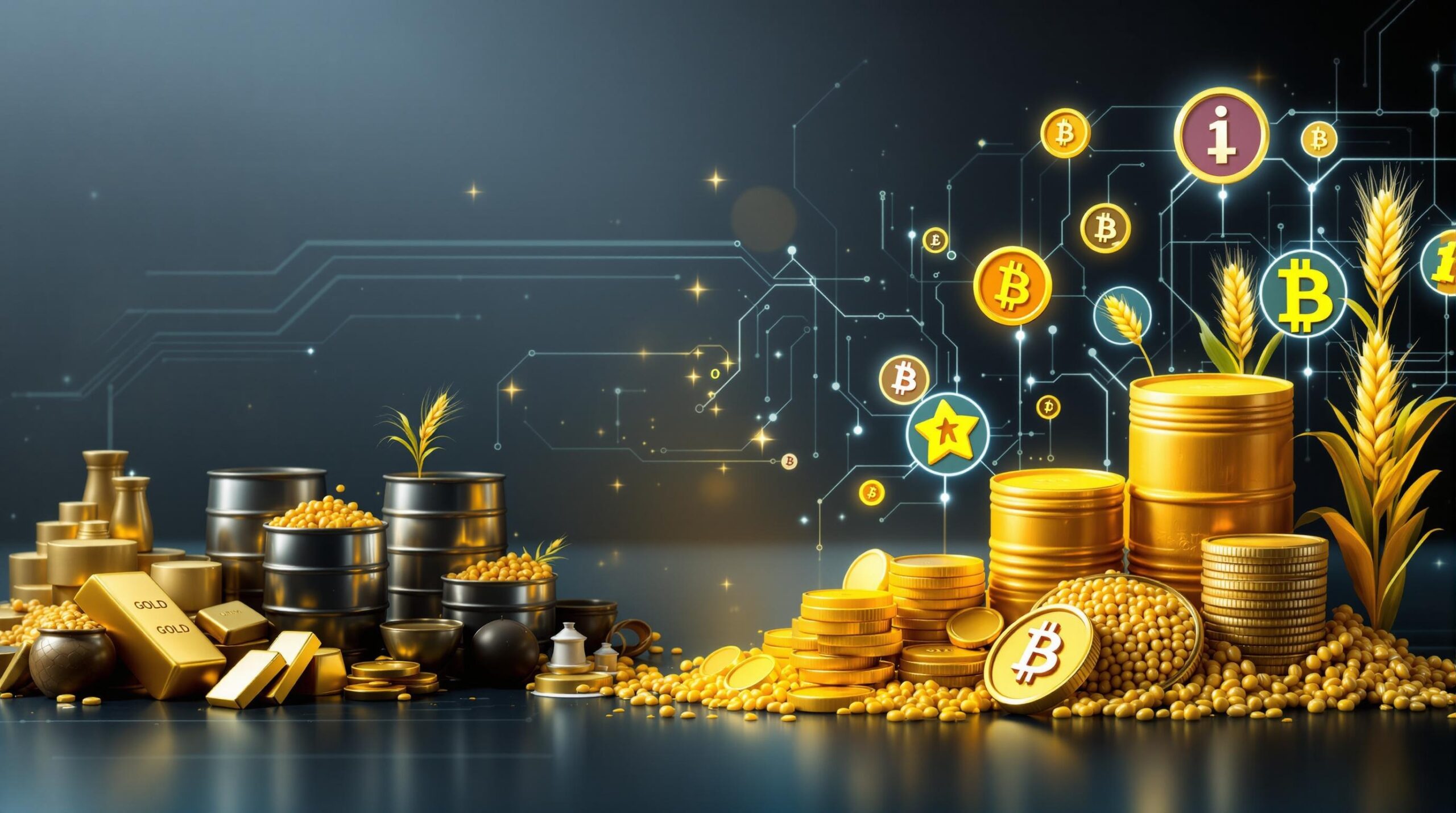
What is commodity tokenization?
Commodity tokenization is the process of converting ownership rights of physical commodities into digital tokens that are stored on a blockchain, allowing for easier and more efficient trade of these assets.
How does tokenization enhance liquidity in commodity markets?
Tokenization enhances liquidity by allowing commodities to be divided into smaller parts, making them accessible to a larger pool of investors and facilitating trade on a global scale.
- Availability: Tokens can be traded 24/7, unlike traditional markets constrained by time zones.
- Ease of Transfer: Digital tokens are easily transferable, reducing the steps involved in commodity transactions.
- Broader Investor Base: By lowering the entry barrier, tokenization attracts more investors, thereby increasing market liquidity.
What are the regulatory challenges in commodity tokenization?
The primary regulatory challenges include a lack of clear guidelines from authorities, varying policies across jurisdictions, and implications for compliance and security of digital assets.
Understanding these regulatory nuances is crucial as they can impact how and where tokens are traded.
Why is commodity tokenization significant for emerging markets?
Commodity tokenization is significant for emerging markets as it democratizes access to investment opportunities and boosts local economies by attracting global capital.
- Global Investment Access: Tokenization allows international investors to access local assets more easily.
- Economic Growth: Increased foreign investments can lead to better infrastructure and increased economic activities in emerging markets.
- Inclusion: It provides opportunities for individuals who previously couldn’t participate due to high entry costs.
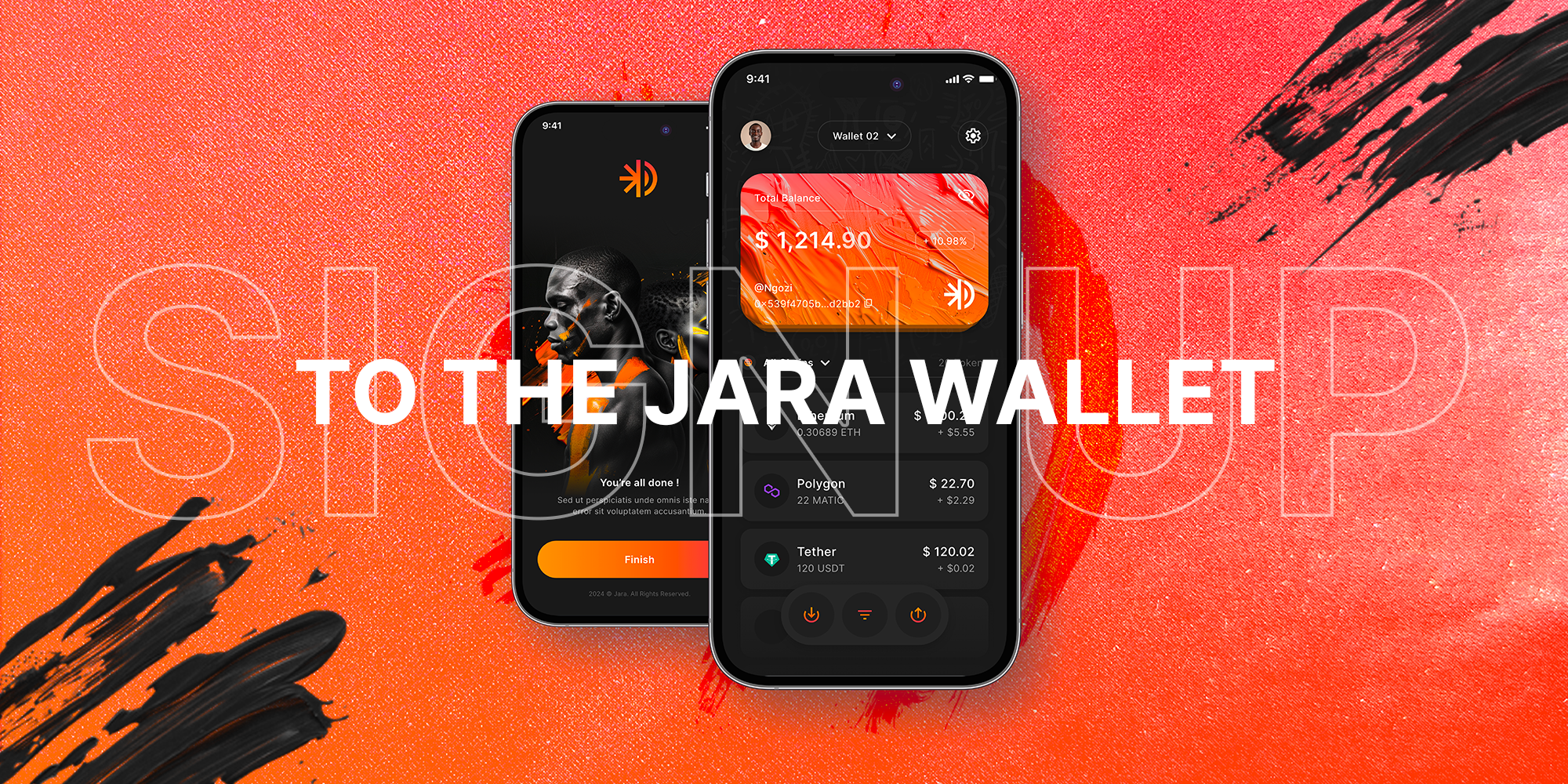
Related Pages
If you’re interested in learning more about the intersection of real-world assets and blockchain technology, explore the following articles:
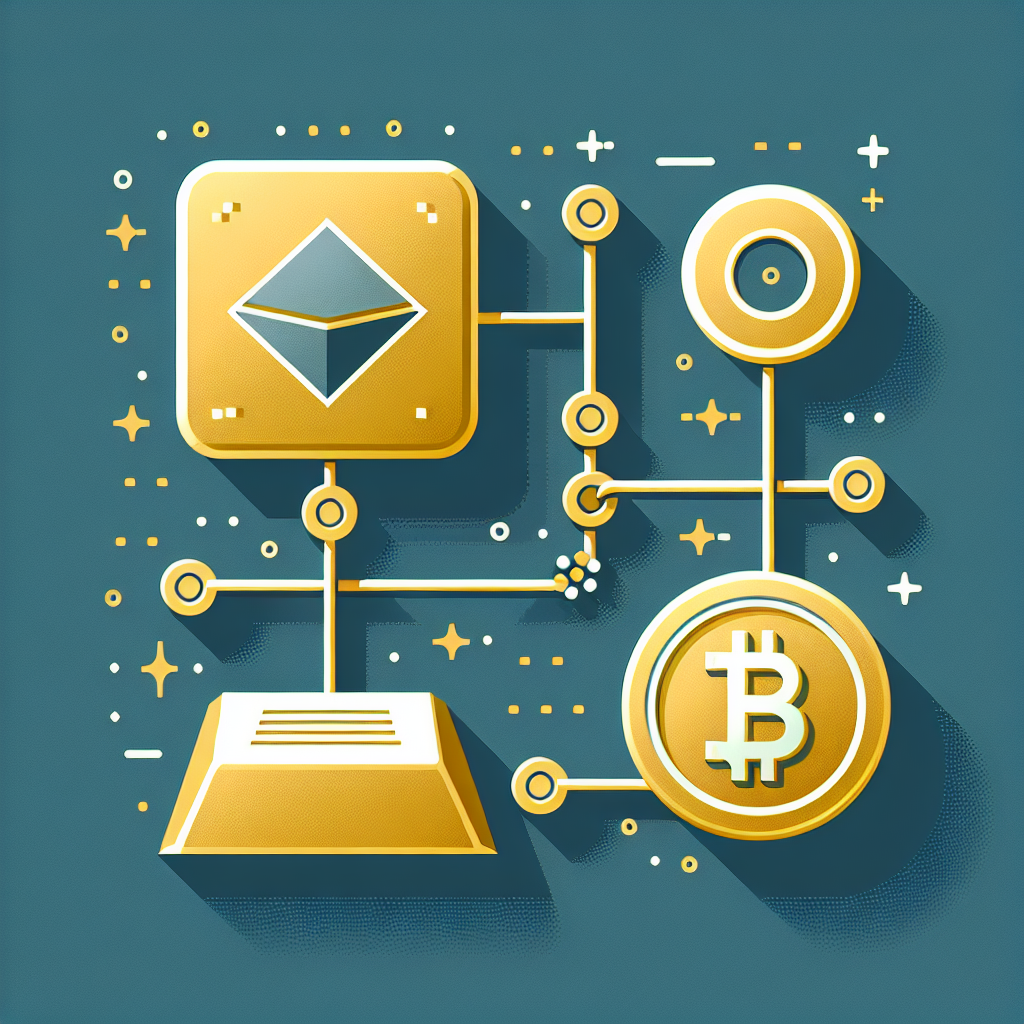
Unlock the Future of Commodities with Jara Wallet
Ready to revolutionize how you engage with commodities and real-world asset tokenization? Download the Jara Wallet App today to start your seamless journey into on-chain innovation! Elevate your experience by bridging global capital to African assets right from your device.
- Android Users: Download on Google Play
- iPhone Users: Download on the App Store
Empower your financial strategies today—embrace the tokenization movement with Jara Wallet!
Stay informed and connected by following us on social media. Be part of the transformation as commodities continue to move on-chain through advanced tokenization practices. Join our community and get the latest updates, insights, and innovations!
What is Personal Injury Law?
Personal injury law, also known as tort law, allows an injured person to file a lawsuit for compensation. This aligns with the foundation of holding others legally responsible for harm caused by negligence or intentional actions.
Types of Personal Injury Cases
- Car Accidents: These are the most common personal injury claims resulting from negligent driving behaviors.
- Slip and Falls: Occur when unsafe conditions on a property lead to an injury.
- Medical Malpractice: Arises when a healthcare professional acts negligently, causing harm to a patient.
- Product Liability: Involves injuries caused by defective products.
The Legal Process in Personal Injury Cases
Understanding the legal process is key to navigating a personal injury claim successfully. Here’s a breakdown:
- Filing a Complaint: This is the initial step where the plaintiff files formal paperwork with the court.
- Discovery Phase: Both parties investigate the facts of the case through document requests and interviews.
- Settlement Negotiations: In many cases, a settlement is reached before trial to avoid the risks of court.
- Trial: If settlement is not achieved, the case proceeds to trial for a judge or jury to decide.
“Choosing the right personal injury attorney can make all the difference in securing a successful settlement or verdict.” – Expert Legal Advice
Important Considerations in Personal Injury Cases
Before proceeding with a personal injury claim, it is crucial to consider several factors:
- Statute of Limitations: Pay attention to the time limits for filing a lawsuit in your state.
- Evidence Collection: Strong evidence is critical for substantiating an injury claim.
- Insurance Policies: Understanding the details of applicable insurance policies can impact the outcome.
Benefits of Hiring a Personal Injury Lawyer
Engaging an experienced legal professional can enhance the likelihood of a favorable outcome. Here are the key benefits:
- Expert Guidance: Lawyers provide insights and navigate complex legal processes effectively.
- Negotiation Skills: They negotiate with insurance companies to ensure fair compensation.
- Representation in Court: Should the case go to trial, a lawyer represents your interests professionally.
